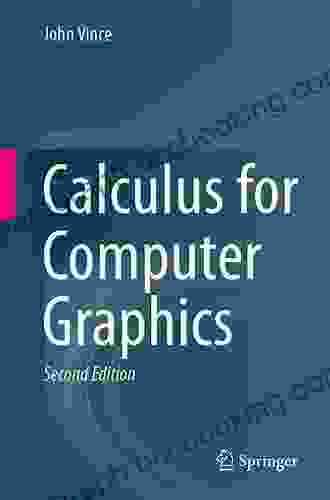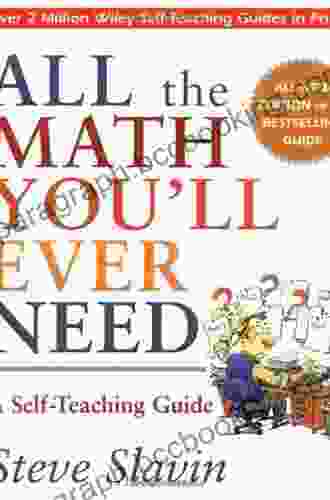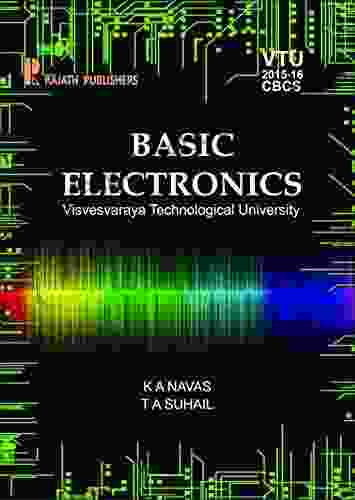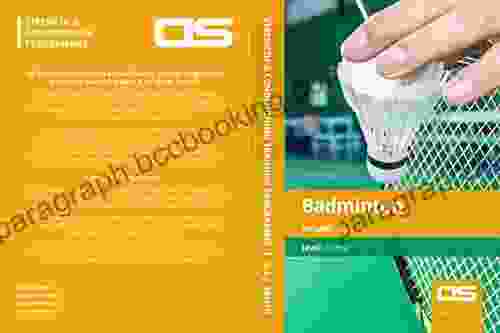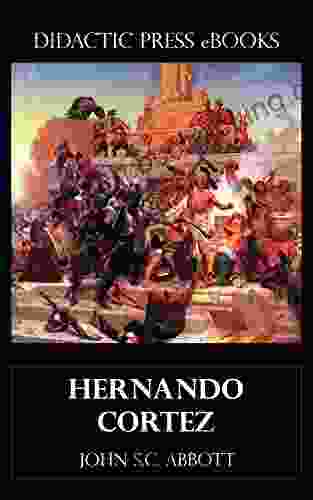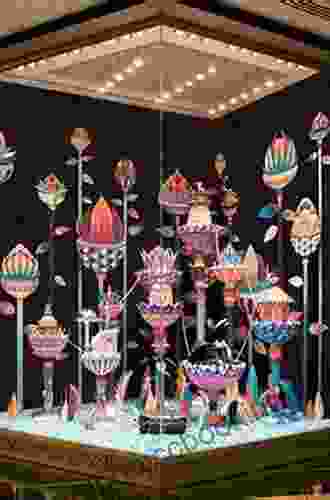Unleashing the Power of Calculus for Mesmerizing Computer Graphics

:
In the realm of computer graphics, where vibrant visuals and captivating animations reign supreme, calculus serves as an indispensable tool, empowering us to craft lifelike images, realistic simulations, and immersive virtual worlds. For aspiring computer graphics artists, animators, and game developers, a solid understanding of calculus is a key that unlocks a wealth of possibilities. In this article, we delve into the fascinating world of "Calculus for Computer Graphics" by John Vince, a seminal work that illuminates the profound connection between calculus and the creation of captivating digital imagery.
Chapter 1: Mathematical Foundations
The journey begins with a comprehensive exploration of the essential mathematical foundations upon which calculus is built. Vince deftly introduces concepts such as limits, continuity, and derivatives, laying the groundwork for a deeper understanding of how calculus transforms functions and shapes the world around us. By mastering these fundamentals, readers gain a firm grasp of the language of calculus, enabling them to navigate the complex equations that define computer graphics.
4 out of 5
| Language | : | English |
| File size | : | 11828 KB |
| Text-to-Speech | : | Enabled |
| Enhanced typesetting | : | Enabled |
| Print length | : | 358 pages |
| Screen Reader | : | Supported |
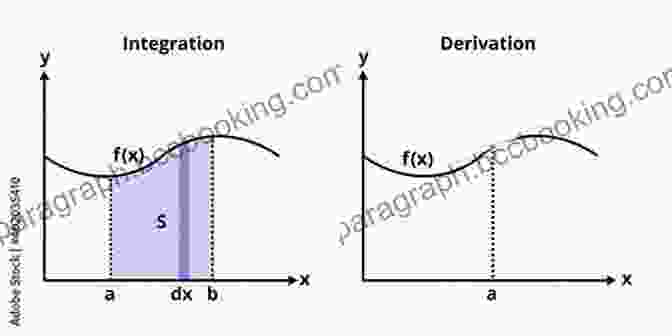
Chapter 2: Curves and Surfaces
With the mathematical toolkit firmly in hand, Chapter 2 ventures into the realm of curves and surfaces, the fundamental building blocks of computer graphics. Vince delves into parametric equations, revealing how they define curves in space. Readers learn the art of constructing complex surfaces, such as spheres, cylinders, and tori, using algebraic equations. These concepts form the backbone of 3D modeling, enabling artists to create realistic objects for virtual environments.
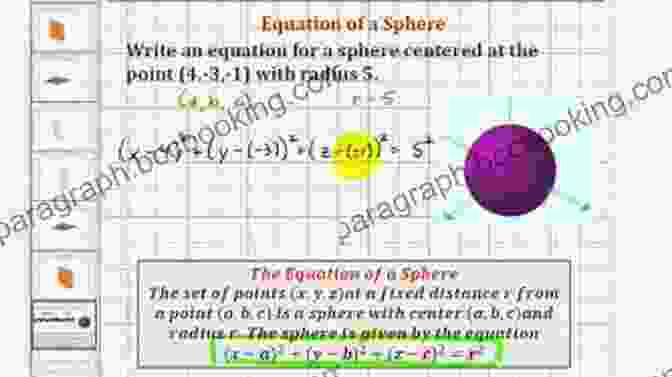
Chapter 3: Transformations and Matrices
Chapter 3 introduces the concept of transformations, a cornerstone of computer graphics. Vince explains how matrices can be used to translate, rotate, and scale objects in space, providing the means to manipulate 3D models with precision. Readers gain a deep understanding of homogeneous coordinates, allowing them to perform complex transformations seamlessly. These techniques empower artists to position objects within a virtual scene, create dynamic animations, and explore different perspectives.
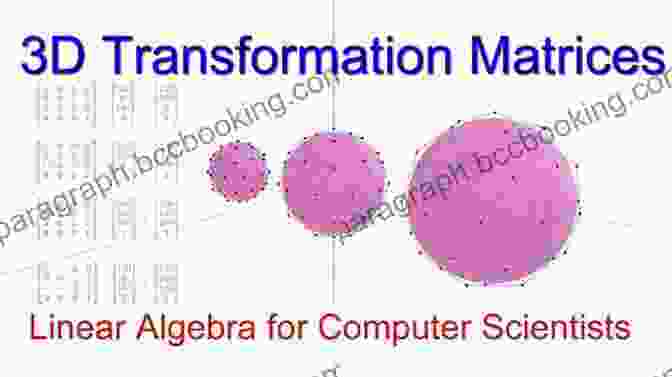
Chapter 4: Illumination and Shading
In Chapter 4, Vince sheds light on the art of illumination and shading, essential techniques for bringing digital objects to life. Readers learn how to simulate the interaction of light with surfaces, creating realistic shadows and highlights. They explore the Phong illumination model and explore advanced shading techniques, empowering them to create visually stunning and immersive scenes.
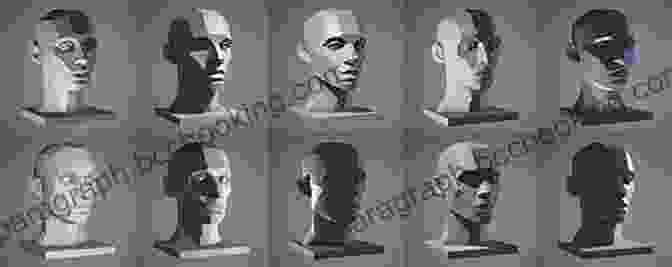
Chapter 5: Ray Tracing and Radiosity
Chapter 5 takes readers on a journey into the realm of advanced rendering techniques. Vince introduces ray tracing, a powerful algorithm that simulates the path of light through a scene, producing photorealistic images. He also explores radiosity, a global illumination technique that simulates the indirect transfer of light between surfaces within a scene. These advanced techniques empower artists to create highly detailed and realistic virtual environments.
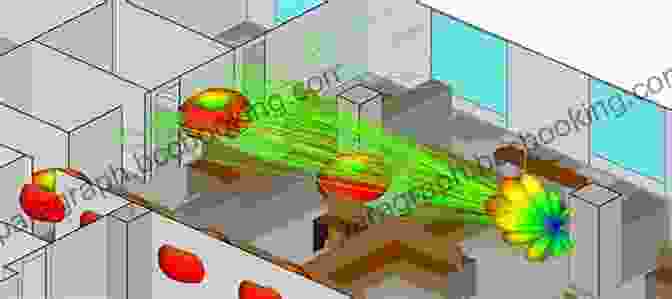
Chapter 6: Fractals and Natural Phenomena
In Chapter 6, Vince ventures into the captivating world of fractals, self-similar geometric patterns that occur throughout nature. Readers explore the Mandelbrot set, a complex fractal generated by a simple mathematical equation. They learn how to create fractal landscapes and simulate natural phenomena such as clouds and trees, unlocking the power of procedural generation for creating realistic and organic environments.
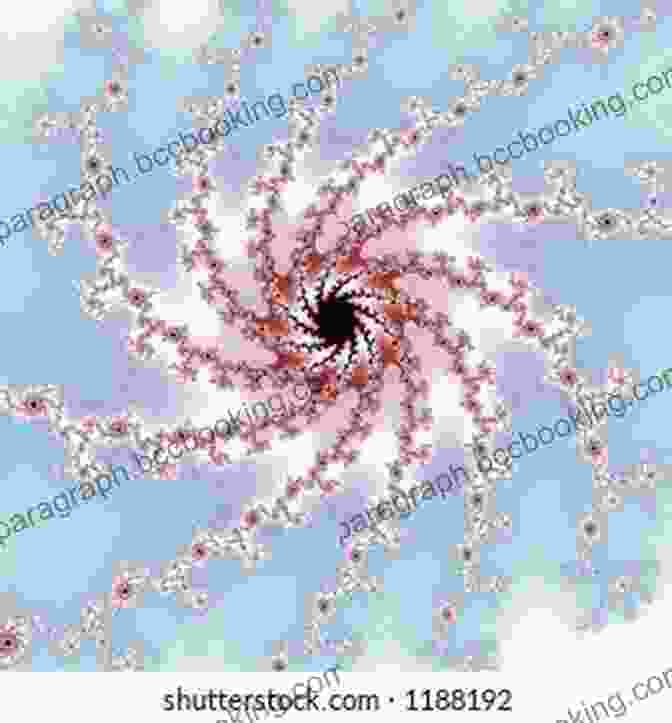
:
"Calculus for Computer Graphics" by John Vince is a comprehensive and engaging guide that empowers readers to harness the power of calculus for creating captivating digital imagery. With its clear explanations, numerous examples, and thought-provoking exercises, this book is an indispensable resource for aspiring computer graphics artists, animators, and game developers. By mastering the concepts presented in this book, readers will unlock the potential of calculus to transform their digital creations into breathtaking works of art.
Whether you are a seasoned professional or just starting your journey in computer graphics, "Calculus for Computer Graphics" will inspire and equip you with the knowledge and skills necessary to create visually stunning and immersive experiences. Embrace the transformative power of calculus and unlock the infinite possibilities of the digital realm.
4 out of 5
| Language | : | English |
| File size | : | 11828 KB |
| Text-to-Speech | : | Enabled |
| Enhanced typesetting | : | Enabled |
| Print length | : | 358 pages |
| Screen Reader | : | Supported |
Do you want to contribute by writing guest posts on this blog?
Please contact us and send us a resume of previous articles that you have written.
 Book
Book Novel
Novel Page
Page Chapter
Chapter Text
Text Story
Story Genre
Genre Reader
Reader Library
Library Paperback
Paperback E-book
E-book Magazine
Magazine Newspaper
Newspaper Paragraph
Paragraph Sentence
Sentence Bookmark
Bookmark Shelf
Shelf Glossary
Glossary Bibliography
Bibliography Foreword
Foreword Preface
Preface Synopsis
Synopsis Annotation
Annotation Footnote
Footnote Manuscript
Manuscript Scroll
Scroll Codex
Codex Tome
Tome Bestseller
Bestseller Classics
Classics Library card
Library card Narrative
Narrative Biography
Biography Autobiography
Autobiography Memoir
Memoir Reference
Reference Encyclopedia
Encyclopedia John Mauldin
John Mauldin Jonathan Harr
Jonathan Harr John Price
John Price Joseph A Schumpeter
Joseph A Schumpeter Jonathan Raban
Jonathan Raban Jonathan Starr
Jonathan Starr Robbie Kellman Baxter
Robbie Kellman Baxter Jonathan Clegg
Jonathan Clegg John Monaghan
John Monaghan Jon May
Jon May Joseph Lumpkin
Joseph Lumpkin Niall J Gannon
Niall J Gannon Lucy Gray
Lucy Gray Ray Eye
Ray Eye Nina H Mitchell
Nina H Mitchell John Schreiber
John Schreiber Josephine Cameron
Josephine Cameron Ken Schwaber
Ken Schwaber Joseph Howse
Joseph Howse Sheryl Peterson
Sheryl Peterson
Light bulbAdvertise smarter! Our strategic ad space ensures maximum exposure. Reserve your spot today!
 Oscar WildeFollow ·16.8k
Oscar WildeFollow ·16.8k Bradley DixonFollow ·15k
Bradley DixonFollow ·15k Howard BlairFollow ·19.1k
Howard BlairFollow ·19.1k Todd TurnerFollow ·13k
Todd TurnerFollow ·13k Steve CarterFollow ·13.9k
Steve CarterFollow ·13.9k Robert HeinleinFollow ·9.2k
Robert HeinleinFollow ·9.2k Guy PowellFollow ·19.7k
Guy PowellFollow ·19.7k Clark BellFollow ·19.6k
Clark BellFollow ·19.6k
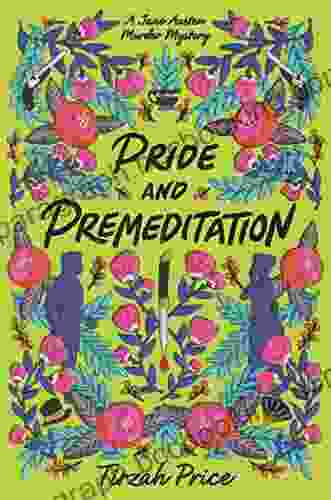
 Joseph Foster
Joseph FosterUnravel the Enigmatic Murders in "Pride and...
Dive into a World...

 Jeffery Bell
Jeffery BellTrauma-Focused CBT for Children and Adolescents: The...
Trauma is a...
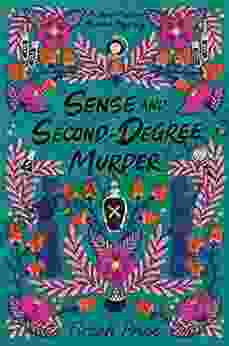
 Jorge Luis Borges
Jorge Luis BorgesSense and Second Degree Murder: A Jane Austen Murder...
Prepare yourself for a...

 Chase Simmons
Chase SimmonsUnleash the Vibrant World of Watercolor: An Enchanting...
In the world of art, watercolor painting...
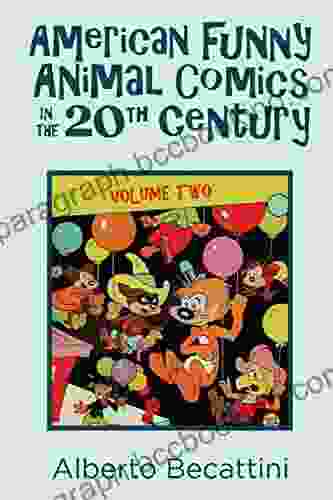
 Rubén Darío
Rubén DaríoAmerican Funny Animal Comics In The 20th Century: A...
Step into a bygone era of laughter and...
4 out of 5
| Language | : | English |
| File size | : | 11828 KB |
| Text-to-Speech | : | Enabled |
| Enhanced typesetting | : | Enabled |
| Print length | : | 358 pages |
| Screen Reader | : | Supported |


